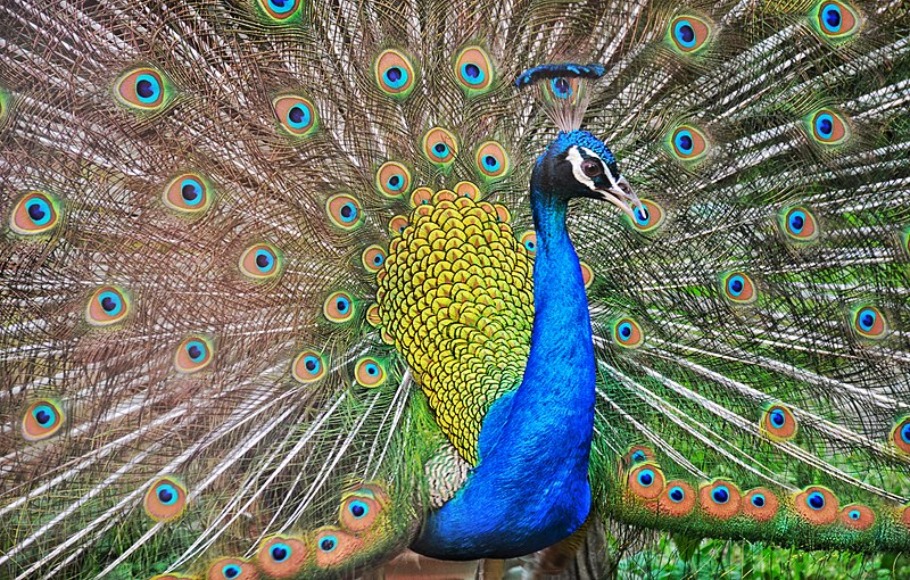
Bird by bird: India’s avian numbers declining drastically, reveals new report
India’s birds are declining and in some cases, catastrophically, warns a report on the status of 867 bird species in India released on Monday at the ongoing 13th United Nations Conference of the Parties to the Convention of Migratory Species at Gandhinagar, Gujarat.

India’s birds are declining and in some cases, catastrophically, warns a report on the status of 867 bird species in India.
Titled ‘State of India’s Birds, 2020: Range, trends and conservation status’, the report released on Monday (February 17) at the ongoing 13th United Nations Conference of the Parties to the Convention of Migratory Species at Gandhinagar, Gujarat, reveals that almost 50% of India’s birds have declined since the year 2000.
It also categorises 101 species as of high concern due to dwindling numbers and shrinking distribution ranges. Birds that have taken a huge hit include birds of prey (including several vulture species), habitat-specialists such as forest-dwelling birds and migratory species that arrive in India every winter from Europe, Siberia and North America.
Global bird population declines have been in the news in recent times. In 2018, the ‘State of the World’s Birds’ report revealed to a shocked world that 40% of all birds were at risk of extinction. The next year saw a detailed study of North America’s bird’s record a loss of a whopping three billion individuals (including widespread and common species) since 1970.
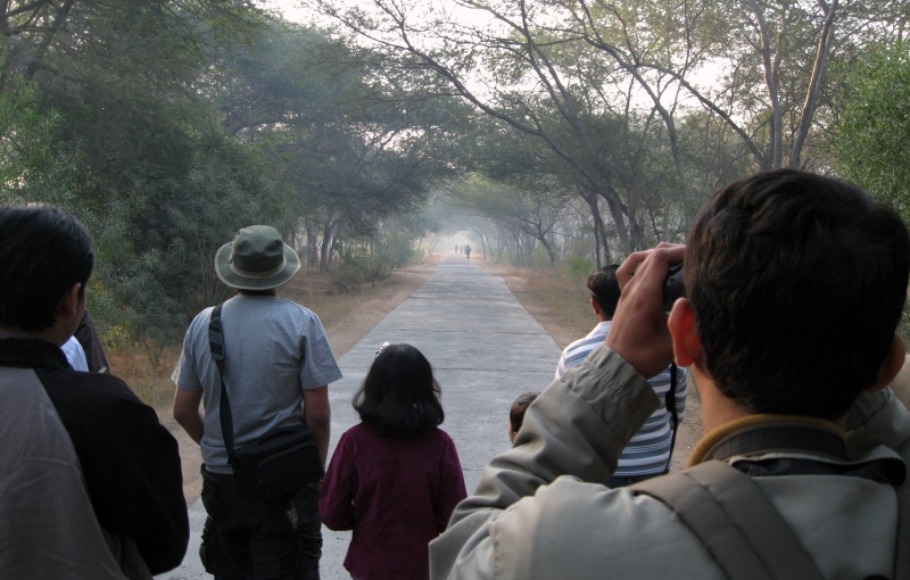
Related news: 50 shades of ecofeminism: Book profiles global ‘sheroes’ of nature
These inferences have been possible thanks to long-term monitoring of bird species and numbers through checklists contributed by birdwatchers worldwide. Such data is now available through one of the world’s largest online citizen science portals: eBird. In India too, more than 15,500 birdwatchers have uploaded bird lists containing more than 10 million bird sightings covering 95% of India’s districts since 2014.
This huge resource is what a large team of scientists from 10 institutes – the Ashoka Trust for Research in Ecology and the Environment, Bombay Natural History Society, Foundation for Ecological Security, National Biodiversity Authority, National Centre for Biological Sciences (NCBS), Nature Conservation Foundation (NCF-India), Salim Ali Centre for Ornithology and Natural History, Wetlands International South Asia, Wildlife Institute of India and World Wide Fund for Nature India – tapped into for the first-of-its-kind national assessment of India’s birds. Several birdwatchers uploading their old checklists of up to 20 years ago was crucial for the assessment too, says NCF-India scientist Dr Ashwin Viswanathan, who worked on the report.
Worrying declines
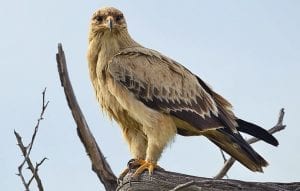
The team studied bird distribution ranges and abundances (a measure of the number of individuals of a bird species) of 867 bird species across the country. Their findings are worrying. One in every 11 bird species (of 261 species in India) is facing a long term decline, over the last 20 years. Shorter, annual trends for 146 other species show that nearly 80% are declining too.
Raptors, especially those that prefer open country such as tawny eagles, show drastic declines. The catastrophic decline of India’s vultures is common knowledge; the findings of the report corroborate this trend clearly too. Abundances of migratory species have taken a beating in India as well. These include birds such as the Common greenshank (small 200-gram birds that fly to India from northern Europe every year).
Related news: How encroachment of water bodies is endangering aquatic birds, avian guests
Another group of birds that show a slump are those that thrive only in specific habitats: habitat-specialists. Forest birds such as the crested treeswift, followed by grassland-dwellers and wetlands species are the most affected. Bird species that are restricted to the Western Ghats mountain range, one of the biodiversity hotspots of the world, are at a 75% lower abundance than before the year 2000 too. Astonishingly, these also include common birds such as the crimson-backed sunbird.
Good news too
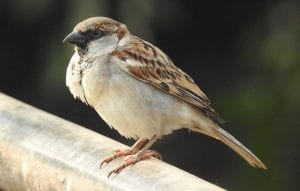
But it’s not all bad news. Our national bird, the Indian peafowl, shows a huge increase in both abundance and distribution range. (Oddly enough, a recent study hypothesizes that in Kerala, this could in part be due to climate change, as changing rainfall patterns make wet regions more arid and helping these large, dryland birds to move into newly-available habitats. Some also suggest that the better implementation of the Wildlife Protection Act 1972 in recent times could have prevented peafowl poaching and permitted populations to bounce back.)
The house sparrow, a species touted to have all but disappeared across large parts of India, is “roughly stable”, though they are indeed declining in major cities. Other species that show increases over the past 25 years include the feral pigeon and glossy ibis.
Policy, and prioritising species and wild lands
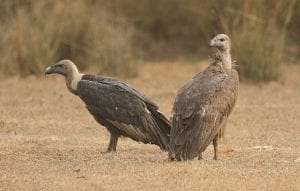
Using these trends in distribution and abundance, the report categorizes 101 species – including small-sized, lesser-known ones – as being of ‘High Concern.’ These include birds like the migratory Pacific golden plover and five of India’s nine vulture species. Based on specific criteria, the report also lists species of high concern in each state. In the southern state of Tamil Nadu, for instance, these include the migratory forest wagtail, the Nilgiri pipit (a bird of high-elevation grasslands in the Western Ghats) and the White-rumped vulture.
The hope is that the central and state governments will prioritize such species – and the specific habitats they live in – for detailed studies and targeted conservation action.
“We hope that this information [in the report] translates into many voices being raised for bird conservation, both among conservation bodies, and the general public,” says team member Dr. Mousumi Ghosh (NCBS) in a press release.
But why are India’s bird numbers dwindling? That does not fall under the scope of this report, says Viswanathan.
“We need more targeted and detailed studies to understand that better,” he says.
Related news: Paradise reclaimed: How ordinary citizens are helping conserve birds
And yet, some tell-tale hints are hard to miss. India’s birds of grasslands and open country have taken a hit; and we do not have a policy to identify and conserve highly diverse grassland systems from threats such as afforestation and habitat conversion. Long-term declines in several waterbirds as shown in the report put the focus on the country’s vanishing coastal and inland wetlands. Recent changes in policy offer no hope either: according to news reports, guidelines released last month by the environment ministry to help states implement the Wetlands Conservation and Management Rules of 2017 suggest that state governments can increase the list of activities prohibited in wetlands. The report identifies these gaps: one of its recommendations include “urgent emphasis” on habitats and regions that are home to species in decline, including grasslands and scrublands, wetlands and the Western Ghats.
The report is perhaps the first India-wide assessment of trends in bird populations and a “remarkable achievement”, commented Dr VV Robin, assistant professor at IISER Tirupati, who did not participate in the analysis.
“We should celebrate it, and the remarkable feat by the authors to put together critical data mostly collected by citizen scientists,” says the scientist who studies birds in the high-elevation shola-grassland systems or ‘sky islands’ of the Western Ghats.
However, the lack of historic data on eBird for areas like the sky islands is a drawback, he warns. Data is not sufficient to understand some very restricted, endemic birds and we should think of new, and innovative ways to tackle these data gaps, says Robin.
“What we need is a strong will from the community (including the government) to monitor birds, common, endemic or threatened ones, across protected and non-protected areas. Systematic funding programs for long-term monitoring of populations will be critical,” he adds.
(The writer is an independent science and environment journalist)

